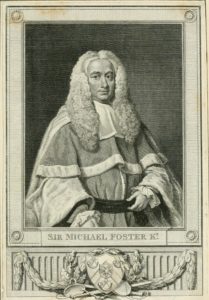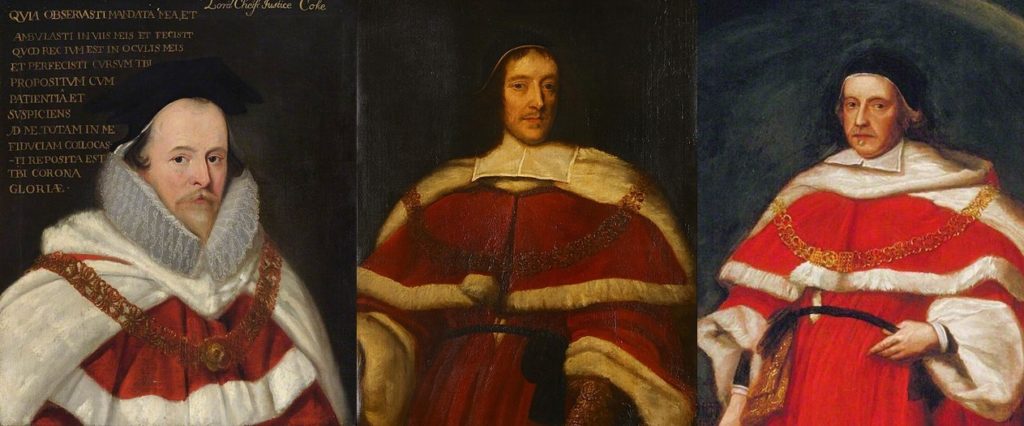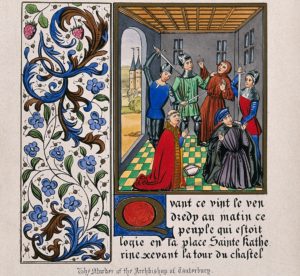(Wo)manslaughter
Today’s episode looks at women in the history of murder.
First, we’ll see how the law of murder applied differently to women than it did to men. One big difference is the fact that women weren’t eligible to plead benefit of clergy until 1691, which meant they were (essentially) unable to be convicted of manslaughter. This is a drag for women who kill others through negligence and who are then executed for it. On the flip side, women could “plead the belly,” meaning that they could have their date of execution postponed if they were pregnant.
Then, we’ll look at early-modern ideas of female violence. While women were stereotypically associated with sneaky killing and poison, we’ll see some women were entirely willing to beat the crap out of people in the public with their bare fists.
Finally, we’ll look at the notion that it was a form of treason, and not just murder, when a wife killed her husband. This crime, called petty treason, carried with it the horrific punishment of burning women alive.
Notes on sources:
- I encourage everyone and anyone to check out the Old Bailey Online!
- Garthine Walker’s wonderful book is Crime, Gender and Social Order in Early Modern England (Cambridge Studies in Early Modern British History). Cambridge: Cambridge University Press, 2003.
- I also recommend Ruth Campbell (1984) Sentence of death by burning for women, The Journal of Legal History, 5:1, 44-59.
- If anyone knows more about how the practice of burning women to death started, please let me know!
- For anyone looking to learn more about Catherine Hayes, search the Old Bailey and check out this descriptively-named pamphlet:
A narrative of the barbarous and unheard of murder of Mr. John Hayes, by Catherine his wife, Thomas Billings, and Thomas Wood, on the 1st of March at night Wherein every minute Circumstance attending that Horrid Affair, and the wonderful Providence of God in the Discovery of the Actors therein, are faithfully and impartially related. Together with the Examinations and Confessions of the said Thomas Billings and Thomas Wood before several of His Majesty’s Justices of the Peace. As also the Copy of a fictitious Letter that Catherine Hayes sent, as from her Husband, to his Mother in Worcestershire after his Death; and the Mother’s Answer thereto: With some Account of the wicked Life and Conversation of the said Catherine, and likewise of those of Thomas Billings and Thomas Wood. To which are prefix’d, Their true and exact Effigies, drawn from the Life, and curiously engraved on Copper. Published with the Approbation of the Relations and Friends of the said Mr. John Hayes, 1727.” • ImprintLondon : printed for, and sold by Thomas Warner at the Black-Boy in Pater-Noster-Row, E Nutt at the Royal Exchange, A. Dod at the Peacock without Temple-Bar, and by the Booksellers of London and Westminster, [1726]:



